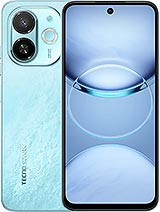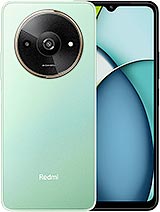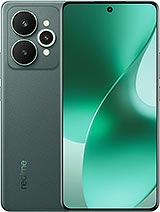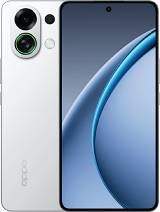Lava Yuva 4 4G alternatives
Tap above to see alternatives.
vivo T4 Pro alternatives
Tap above to see alternatives.
Lava Yuva 4 4G

Lava Yuva 4 4G
-
Unisoc T606
12 nm
-
5000 mAh
10W
-
6.56"
720 x 1612 pixels
-
50 MP
1080p@30fps
- Specs
vivo T4 Pro

vivo T4 Pro
-
Snapdragon 7 Gen 4
4 nm
-
6500 mAh
90W
-
6.77"
1080 x 2392 pixels
-
50 MP
4K@30fps
- Specs
2x1.6 GHz Cortex-A75
6x1.6 GHz Cortex-A55
1x2.8 GHz Cortex-720
4x2.4 GHz Cortex-720
3x1.8 GHz Cortex-520
4GB 128GB (UFS 2.2)
8GB 256GB (UFS 2.2)
12GB 256GB (UFS 2.2)
(wide), AF
VGA
Auxiliary lens
f/1.79, 26mm (wide), 1/1.95", 0.8µm, Sony IMX882, PDAF, OIS
50 MP
f/2.65, 73mm (periscope telephoto), 1/1.95", 0.8µm, Sony IMX882, PDAF, OIS, 3x optical zoom, 100x Digital Zoom
2 MP
f/2.4, (depth)
1080p@30fps, gyro-EIS, OIS
f/2.45, 30mm (wide)
1080p@30fps
SIM1: Nano, SIM2: Nano
11 5G bands
n1, n3, n5, n8, n28, n38, n40, n41, n66, n77, n78
In this performance comparison, the vivo T4 Pro with its Qualcomm Snapdragon 7 Gen 4 (4nm) performs better than the Lava Yuva 4 4G with the Unisoc Unisoc T606 (12nm), thanks to superior chipset efficiency.
vivo T4 Pro launched with Android 15 and will receive updates until Android 19, whereas Lava Yuva 4 4G launched with Android 14 and will get Android 15. vivo T4 Pro will get security updates until 2031 (approx. 6 years), while Lava Yuva 4 4G is supported till 2026.
vivo T4 Pro features a superior AMOLED display, while Lava Yuva 4 4G comes with an LCD panel. In terms of smoothness, vivo T4 Pro offers a higher 120 Hz refresh rate, ensuring fluid scrolling and animations. Both devices deliver the same brightness level at nits. Notably, vivo T4 Pro offers a higher screen resolution, resulting in sharper visuals and more detailed content.
vivo T4 Pro features a larger 6500 mAh battery, potentially delivering better battery life. vivo T4 Pro also supports faster wired charging at 90W, compared to 10W on Lava Yuva 4 4G.
vivo T4 Pro includes an IP69 rating, while Lava Yuva 4 4G lacks an official IP rating.
¹ Scores can vary even with the same chipset due to RAM, thermals, and software optimization.










